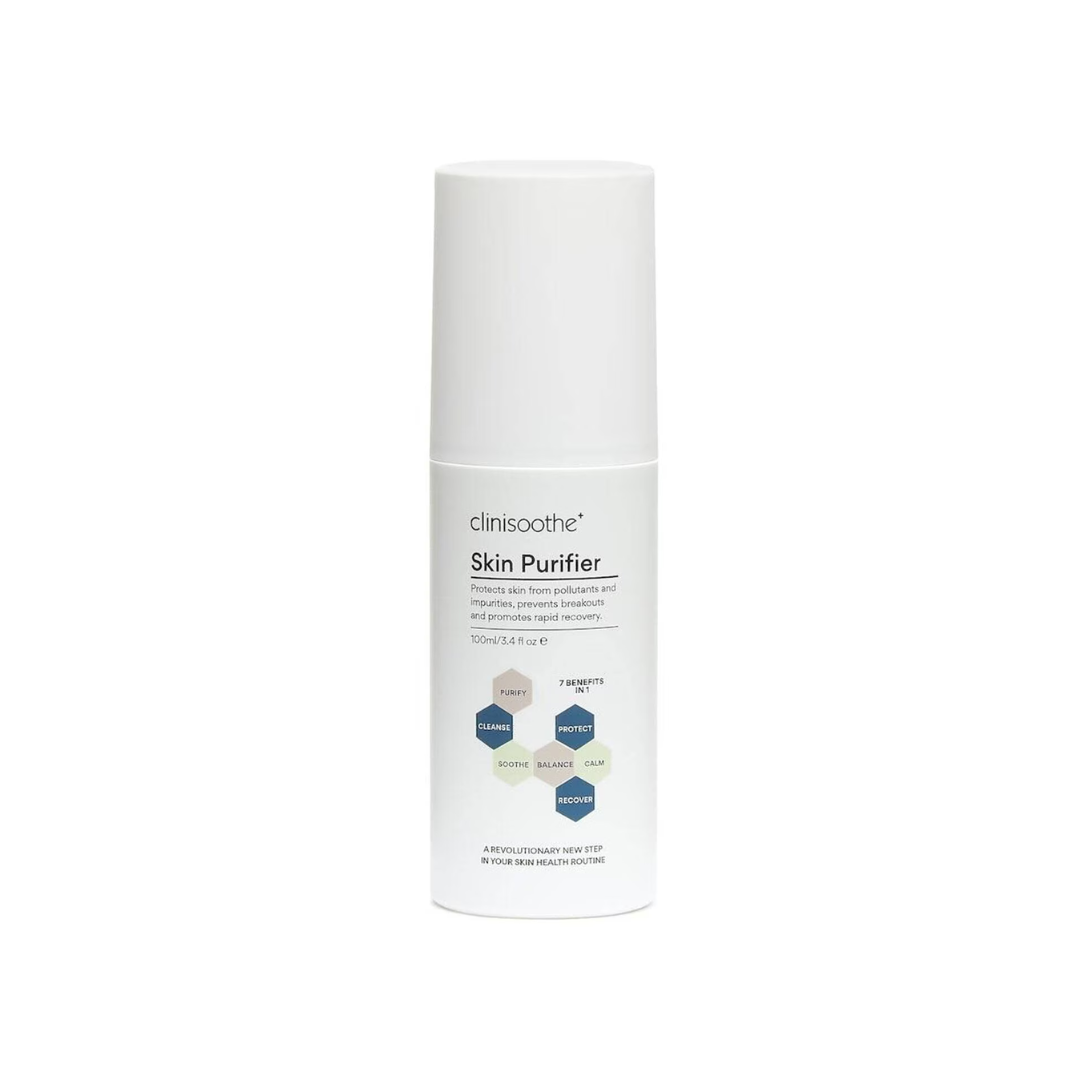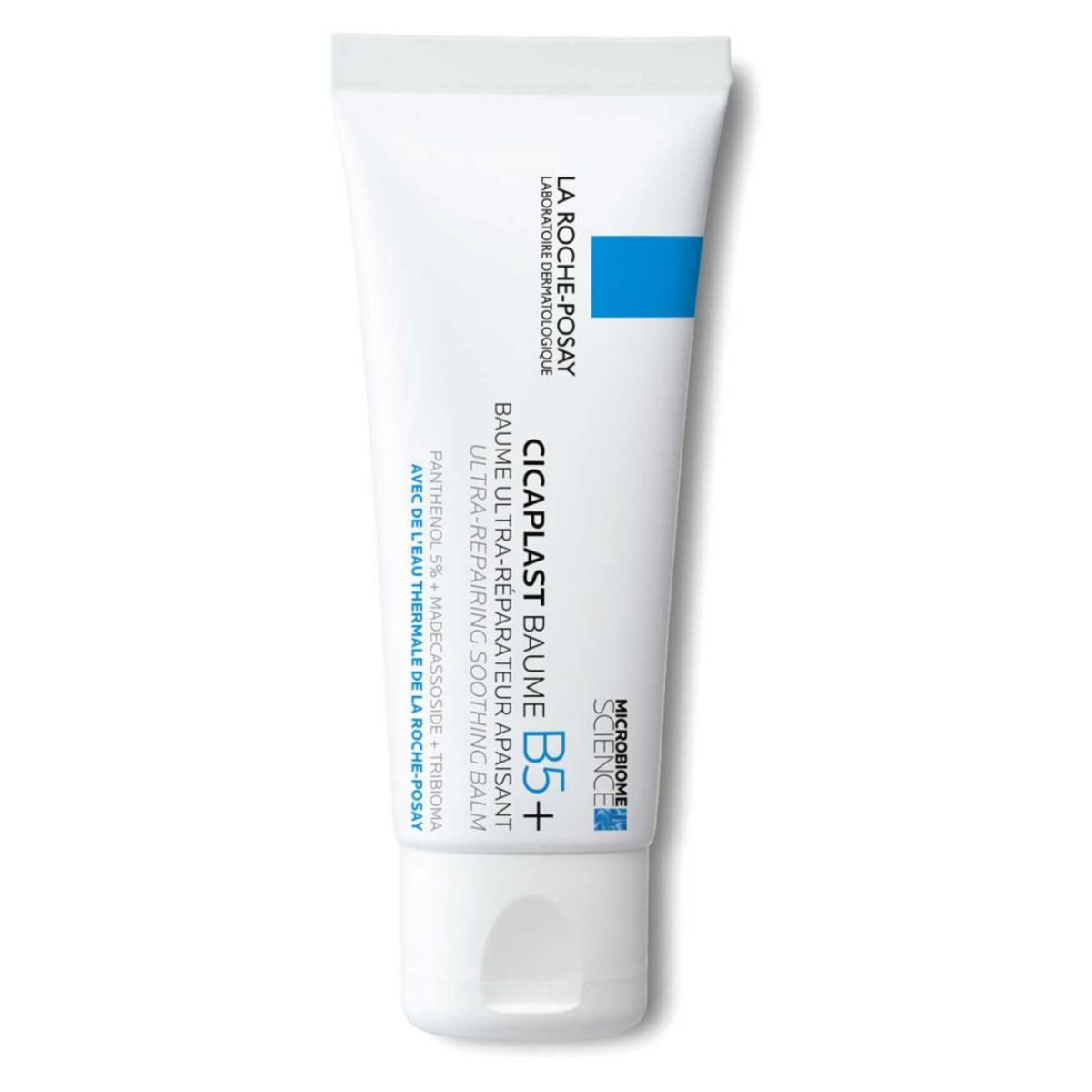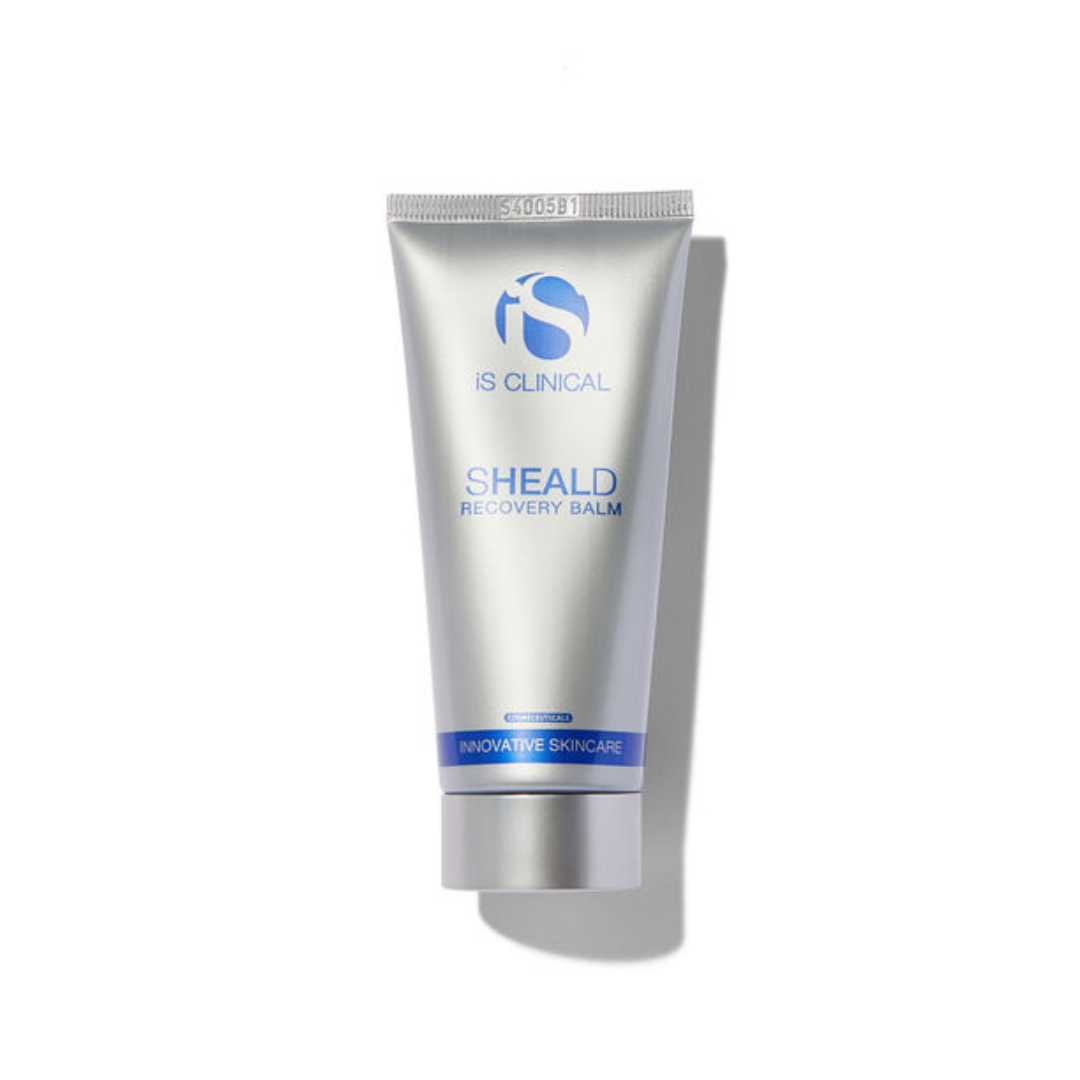Just Had Injectables Or An Aesthetic Treatment? This Is The Skincare That's Safe To Use For The First 24 Hours
Post-aesthetic treatment skincare, simplified
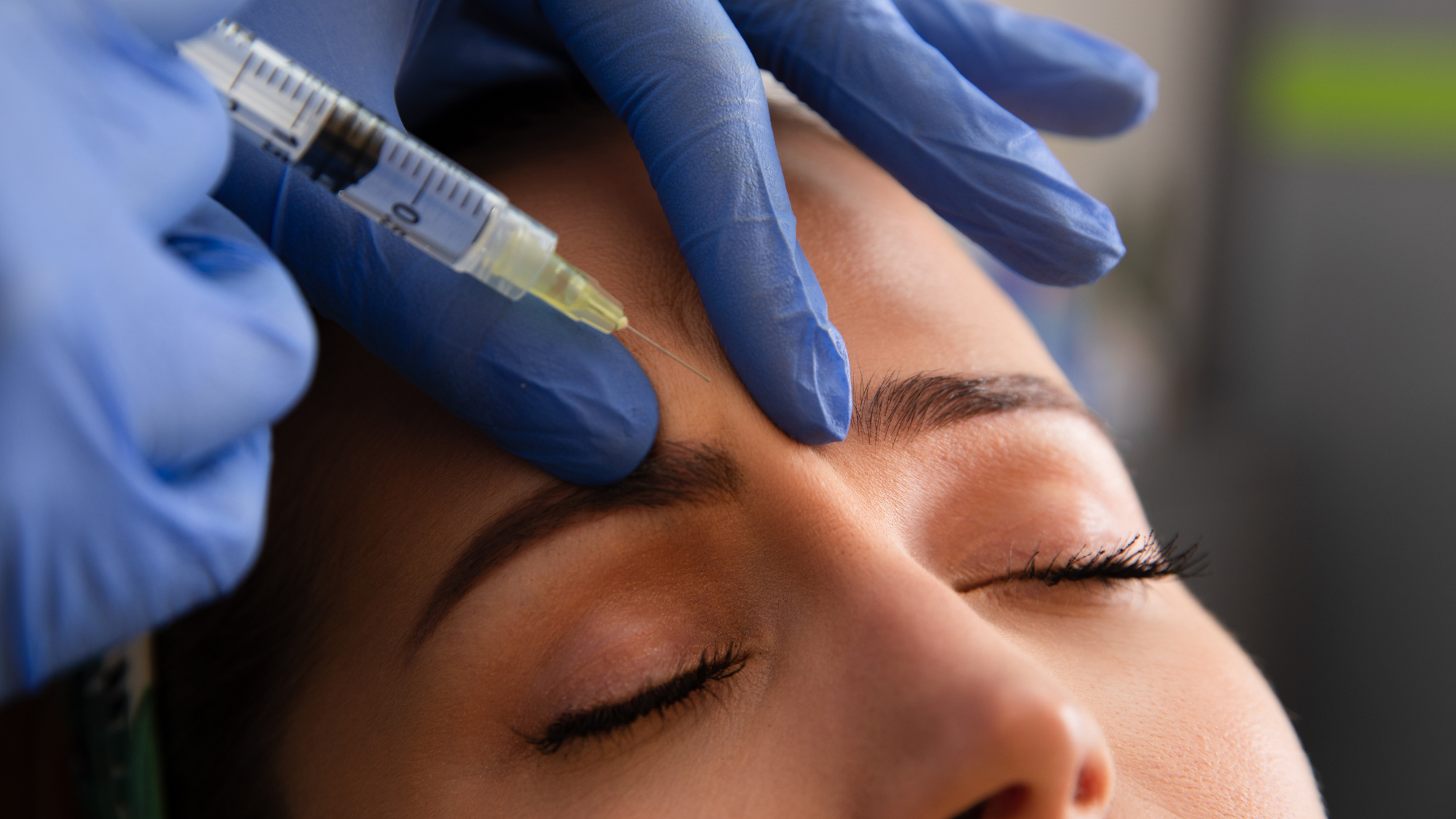
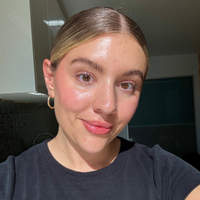
Listen, I love getting my yearly filler and Botox injections as much as the next girl, but you know what I don't love? The downtime. My skin usually looks red and blotchy and feels dry and tight, becoming sensitive and vulnerable in the space of just a few hours. For this reason, over the years, I've learnt how to safely and effectively treat it in those crucial hours post-treatment. New to the world of injectables or just need a refresher? Here's what you, too, should be using (and not using...).
Why is skin extra sensitive post-treatment?
After injectables or any kind of similar aesthetic treatment (that usually involves needles), skin is sent into a hyper-sensitive state where it becomes its most vulnerable. The physical trauma to skin caused by needles causes micro-injuries that send the skin into healing mode, where it may look bruised, feel tender and thus, be desperately trying to repair itself to return to normal.
The product itself—think the likes of Hyaluronic Acid Filler or Botulinum Toxin—will also be registered as a foreign substance to the body, hence triggering an inflammatory response that can manifest through redness and swelling.
For these reasons, your skin will feel—and possibly look—extra sensitive, and need some looking after.
What to avoid
In many ways, post-aesthetic treatment care centres around what you shouldn't use, rather than what you should. At any reputable clinic, you will be given a thorough rundown of aftercare tips (either vocally from your doctor or via a written leaflet), which should include much of this information.
However, specifically in skincare, there are certain products and ingredients you should skip for the next 24-48 hours. First, says Dr Christine Hall, aesthetic doctor at Taktouk Clinic, you should steer clear of anything fragranced, and when it comes to cleansing, keep it simple with a non-foaming, non-stripping formula. Likewise, she says, "avoid scrubs or physical exfoliants," and "anything harsh like acids and retinoids."
In general, she advises, you should "avoid touching the area for at least eight hours," and not apply make-up for longer: 48 hours ideally, to specific. However, it's important to ask your practitioner for specific advice based on your chosen treatment. "Generally, how long you need to avoid things will depend on what injectable it was," says Dr Hall, adding that procedures like microneedling will require more downtime.
Celebrity news, beauty, fashion advice, and fascinating features, delivered straight to your inbox!
What to use instead
It's worth practising a super simple, pared-down routine for the next 24-48 hours (again, depending on the type of treatment you have), rather than your usual one, which may include actives and more potent ingredients. The following types of products are recommended by experts.
1. A gentle cleanser
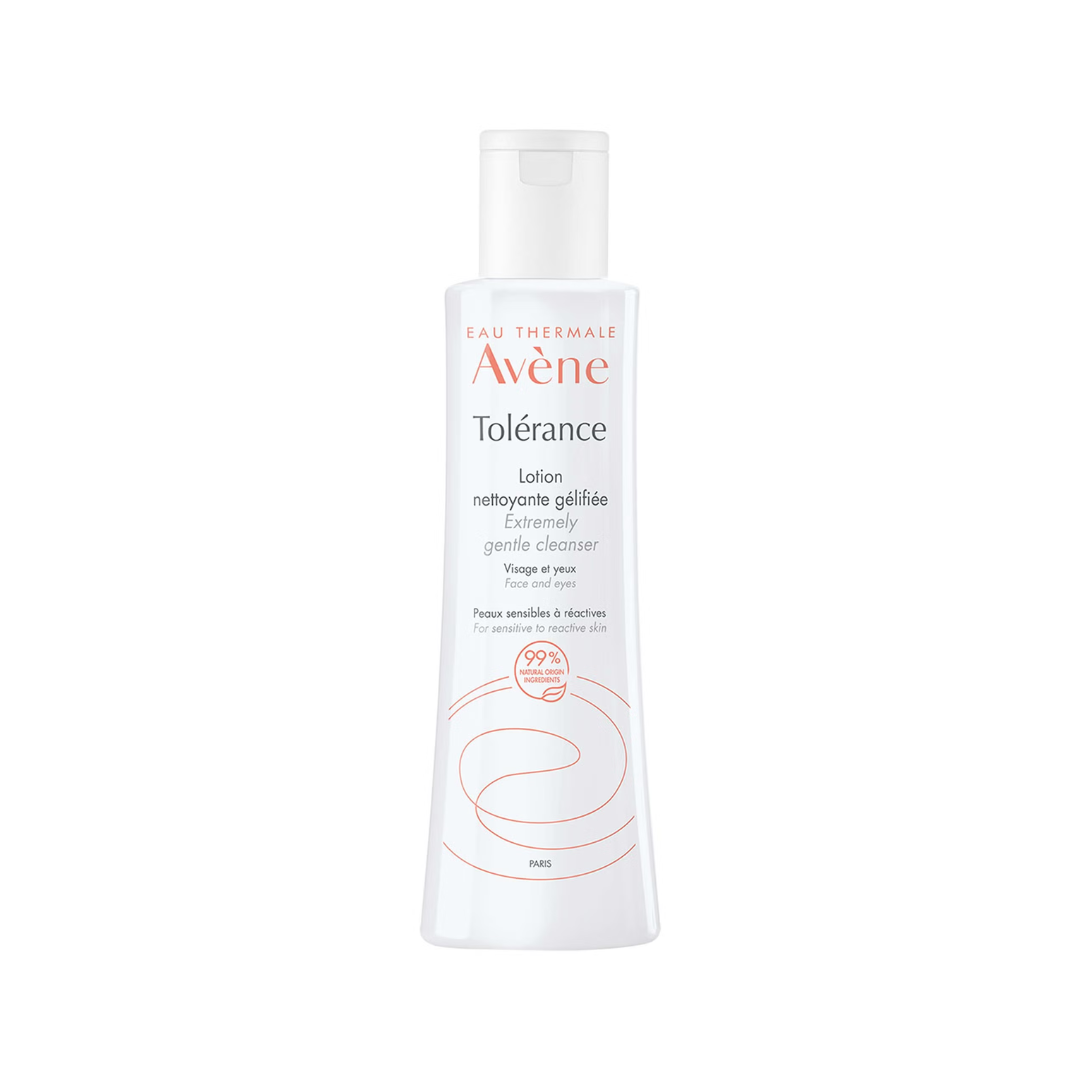
It's important to keep skin clean, but to do so, you must prioritise using a super simple, gentle formula that won't trigger any inflammatory responses post-treatment. As mentioned, Dr Hall recommends avoiding foaming textures and anything heavily fragranced. Avène's is specifically designed for ultra-sensitive skin.
2. A healing hypochlorous acid spray
3. Hydrating yet gentle serums
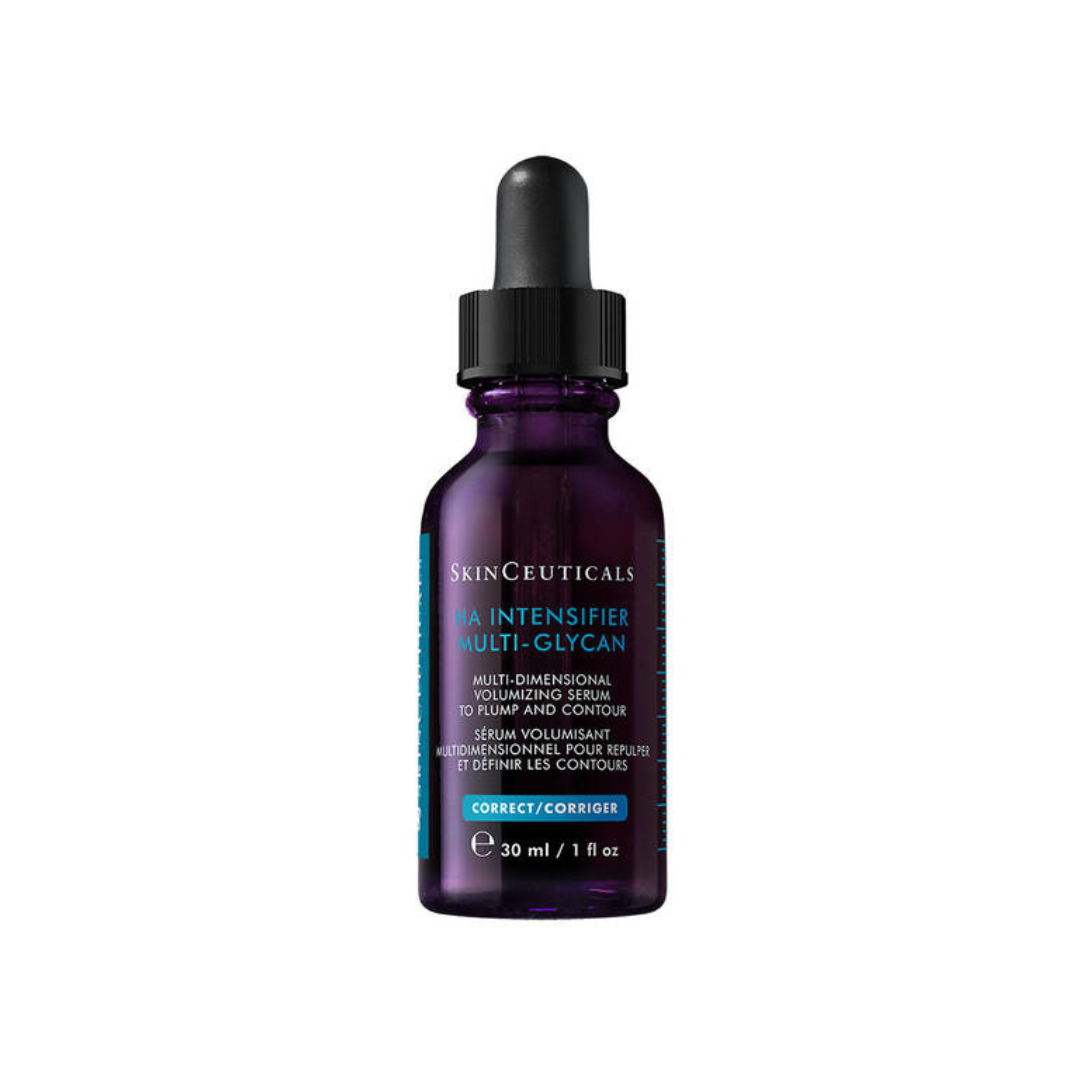
It's recommended to keep your skincare SUPER simple the night of your treatment, but (as long as all feels well), adding in a gentle hyaluronic serum like Skinceuticals' bestseller the following day is a great idea to maintain skin's hydration levels.
4. A barrier-building cream
After a gentle cleanse and a little Clinisoothe, you can wrap your skin in comforting hydration with a barrier-building cream. This will ensure skin is nourished and at its strongest to repair and heal. La Roche-Posay's or iS Clinical's are both great options.
5. SPF for daytime
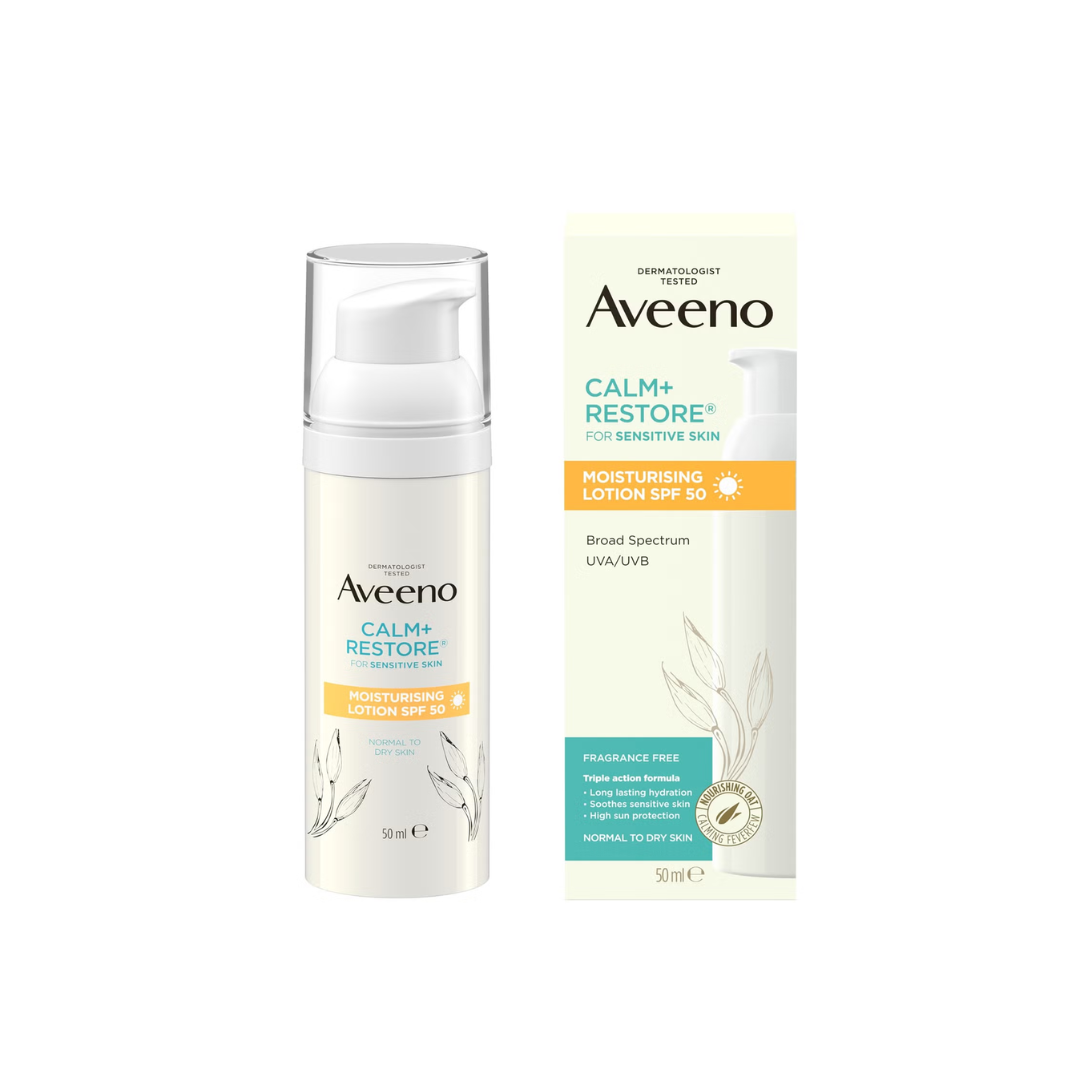
SPF is important year-round, and particularly for vulnerable, potentially inflamed skin. You should stay completely out of the sun for the first 24-48 hours post-treatment, but still keep things protected with an SPF50. There are plenty of super-gentle formulas out there that will suit; Aveeno's is a lovely option.
6. Protective and soothing mist
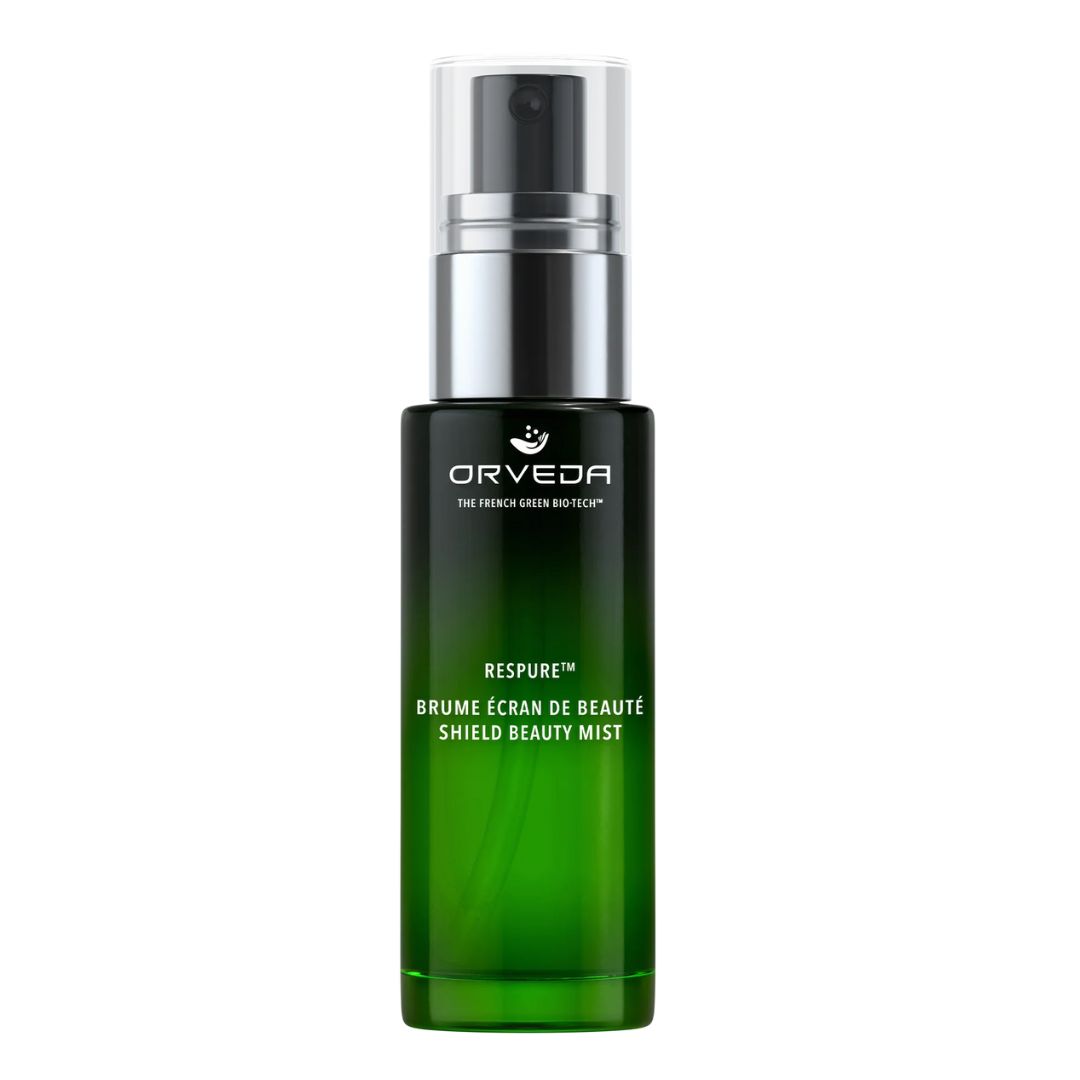
This mist acts like a protective barrier for your vulnerable skin after you've had a treatment. To help aid its recovery, spritz this mist as part of your morning and evening routines, as well as throughout the day and it will rebalance disrupted pH levels. It's super hydrating and supports the barrier's natural healing process.
7. Repairing, gentle lip balm
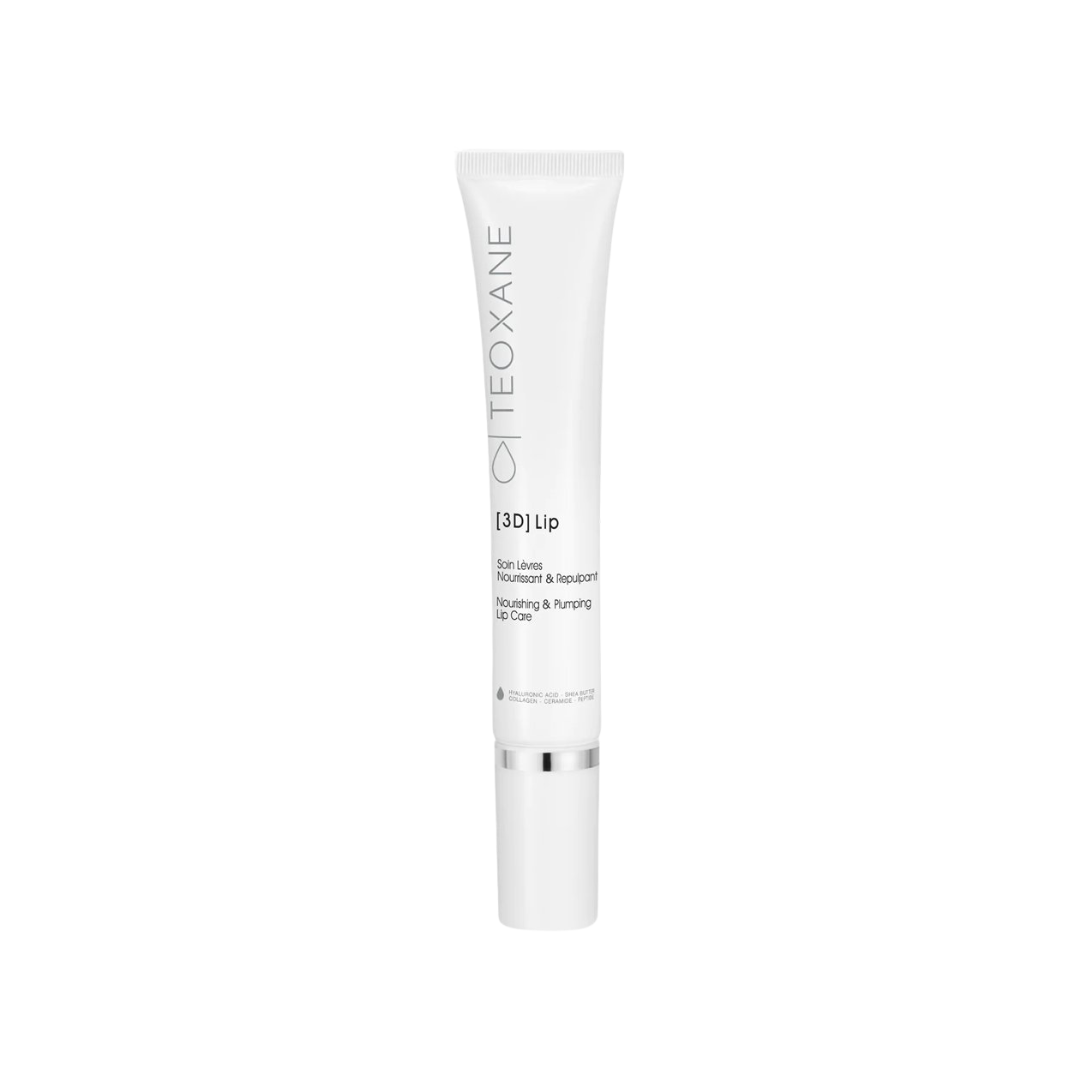
Had lip filler? Avoid applying anything for the first eight or so hours, only reaching for a specially designed lip balm like Texoane's shortly after. Not only is the product designed with ultra-hydrating ingredients, but it also comes with a cool metal applicator to soothe and refresh.
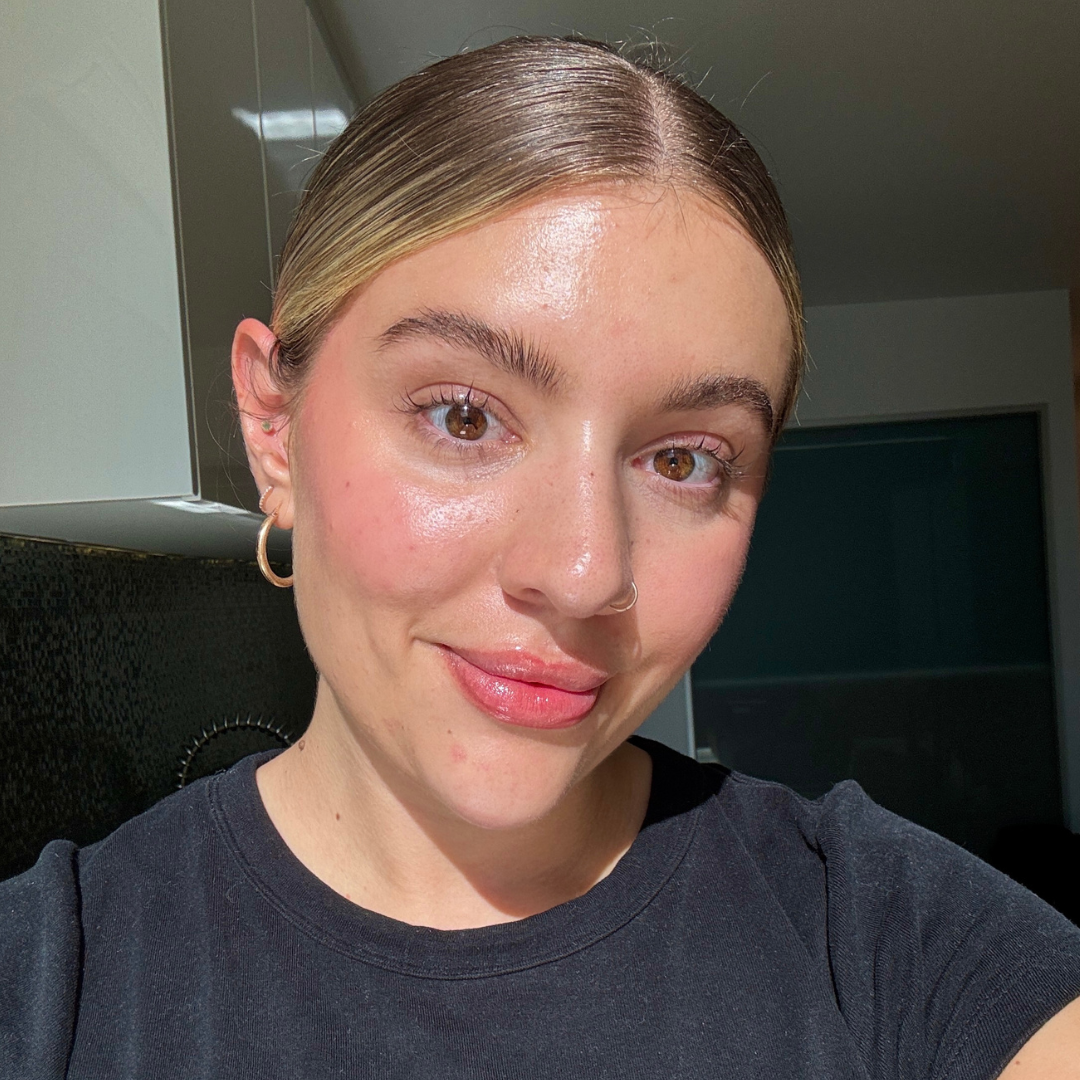
Rebecca is a freelance beauty journalist and contributor to Marie Claire. She has written for titles including Refinery29, The Independent, Grazia, Coveteur, Dazed, Stylist, and Glamour. She is also a brand consultant and has worked with the likes of The Inkey List on campaign messaging and branded copy. She’s obsessed with skincare, nail art and fragrance, and outside of beauty, Rebecca likes to travel, watch true crime docs, pet sausage dogs and drink coffee. Rebecca is also passionate about American politics and mental health awareness.
